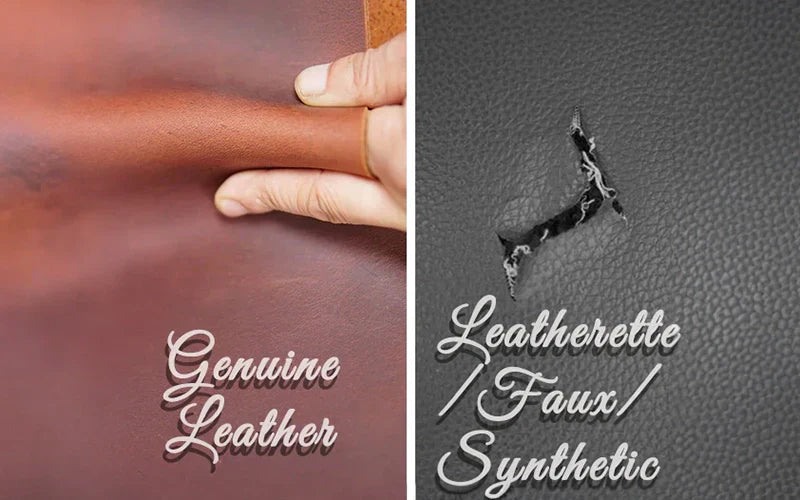Leather is a timeless material that has been used for centuries due to its durability and luxurious appeal. However, many people are now becoming more conscious about the environmental impact of leather production and are seeking alternatives to conventional tanning methods that involve the use of harsh chemicals. In this article, we will delve into the fascinating world of natural leather tanning, exploring the processes, benefits, and sustainable practices involved. If you're interested in learning how leather can be tanned naturally while maintaining its quality, read on!
Understanding Natural Leather Tanning
Natural leather tanning refers to the process of transforming raw animal hides into durable and supple leather using organic materials derived from nature. Unlike conventional methods, natural tanning avoids the use of harmful chemicals that can pollute the environment and harm workers involved in the process. Instead, it relies on the utilization of plant-based substances, such as tree barks, fruits, and vegetable extracts, which have been used for centuries in traditional tanning practices.

The Vegetable Tanning Process
One of the most common methods of natural leather tanning is known as vegetable tanning. This process involves immersing the raw hides in a solution made from natural tannins derived from tree barks, such as oak or chestnut. The hides are soaked in large wooden drums filled with the tannin-rich solution, allowing the organic compounds to penetrate the fibers of the hide gradually. This results in the transformation of the raw hides into high-quality leather with enhanced strength and a characteristic earthy aroma.
Benefits of Natural Leather Tanning
-
Environmental Sustainability: Natural leather tanning methods are environmentally friendly, as they avoid the use of toxic chemicals that can harm ecosystems and water sources. By opting for natural tanning, you can reduce your carbon footprint and contribute to a greener future.
-
Durability and Quality: Leather that has undergone natural tanning processes is renowned for its exceptional durability and longevity. The organic compounds used in the tanning process provide additional strength to the leather, making it resistant to wear and tear.
-
Unique Patina: Natural leather develops a beautiful patina over time, giving it a unique and timeless character. This aging process results in the leather acquiring a rich and warm tone, further enhancing its aesthetic appeal.
-
Hypoallergenic Properties: Some individuals may be sensitive to the chemicals used in conventional leather tanning. By choosing natural leather, which is free from harmful substances, you can enjoy a hypoallergenic product that is gentle on the skin.

Sustainable Practices in Natural Leather Tanning
In addition to utilizing organic materials, sustainable practices play a crucial role in natural leather tanning. Here are some key elements to consider:
-
Ethical Sourcing: To ensure the sustainability of natural leather, it is essential to source hides from reputable suppliers who follow ethical practices and comply with animal welfare regulations.
-
Water Conservation: Leather tanning is a water-intensive process. Implementing efficient water management techniques, such as recycling and reusing water, can significantly reduce water consumption and minimize environmental impact.
-
Waste Management: Proper disposal and treatment of tannery waste are vital to prevent pollution. Eco-friendly tanneries employ advanced techniques to treat and manage waste, ensuring that harmful byproducts do not end up in water bodies or landfills.
-
Fair Trade: Supporting fair trade practices within the leather industry promotes better working conditions, fair wages, and social responsibility. Look for certifications or labels that indicate fair trade practices when purchasing natural leather products.
Conclusion
Natural leather tanning offers a sustainable and environmentally friendly alternative to conventional methods. By embracing natural tanning processes, you can enjoy the beauty and durability of leather while minimizing your ecological footprint. Remember to choose products from reputable brands that prioritize ethical sourcing and sustainable practices.
Source by Rustic Town Store







